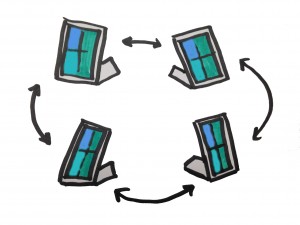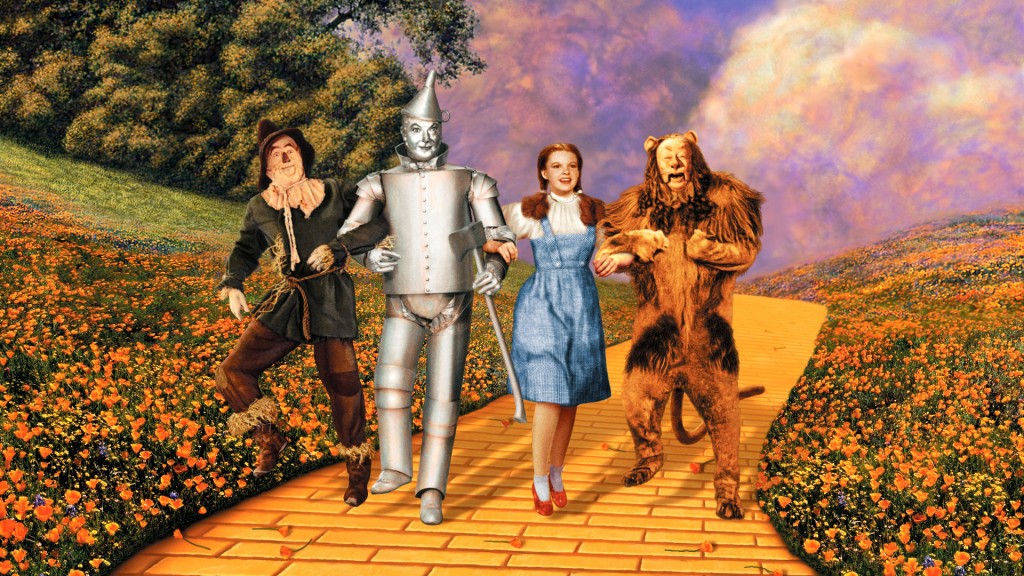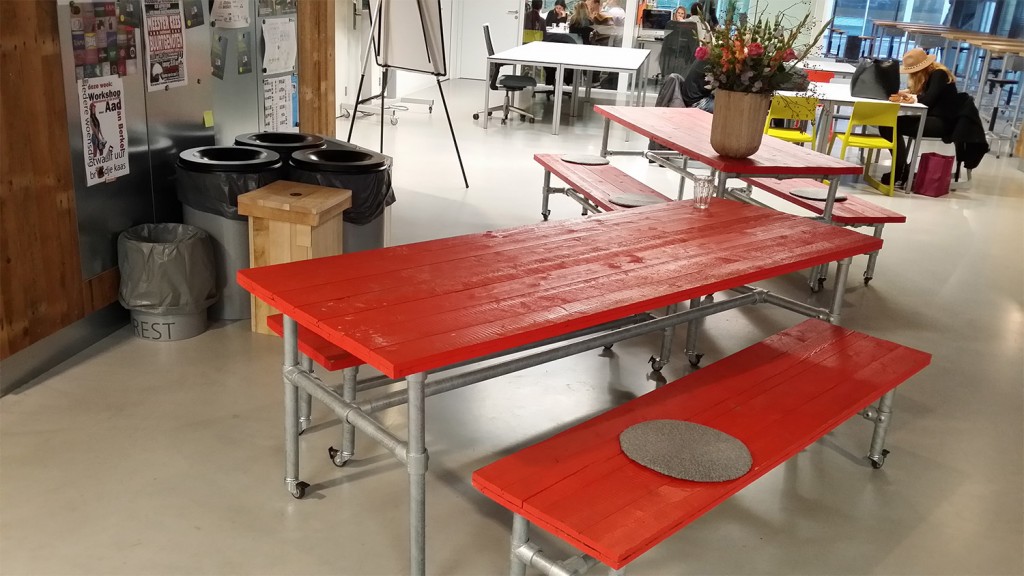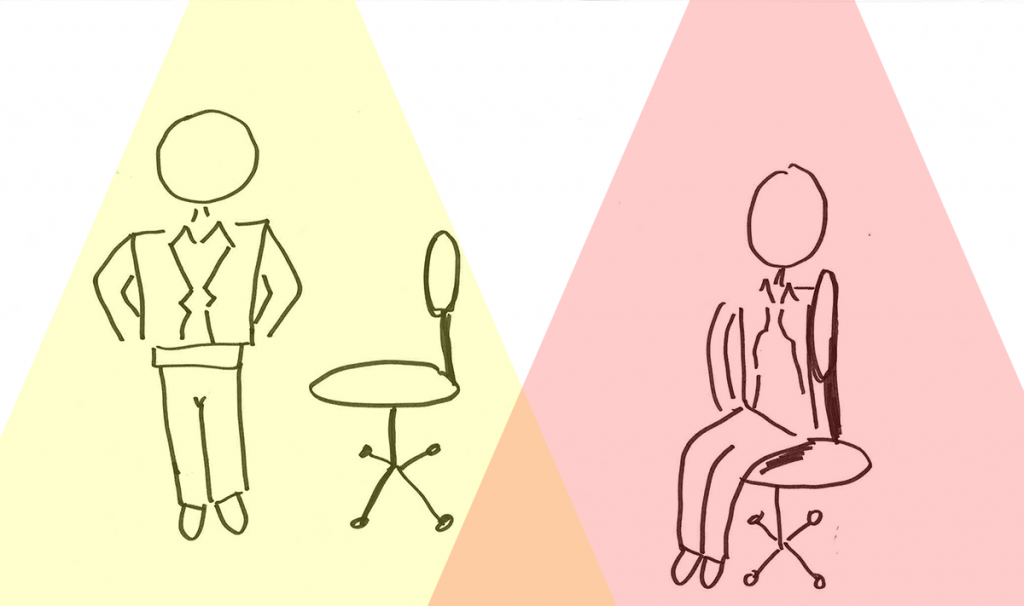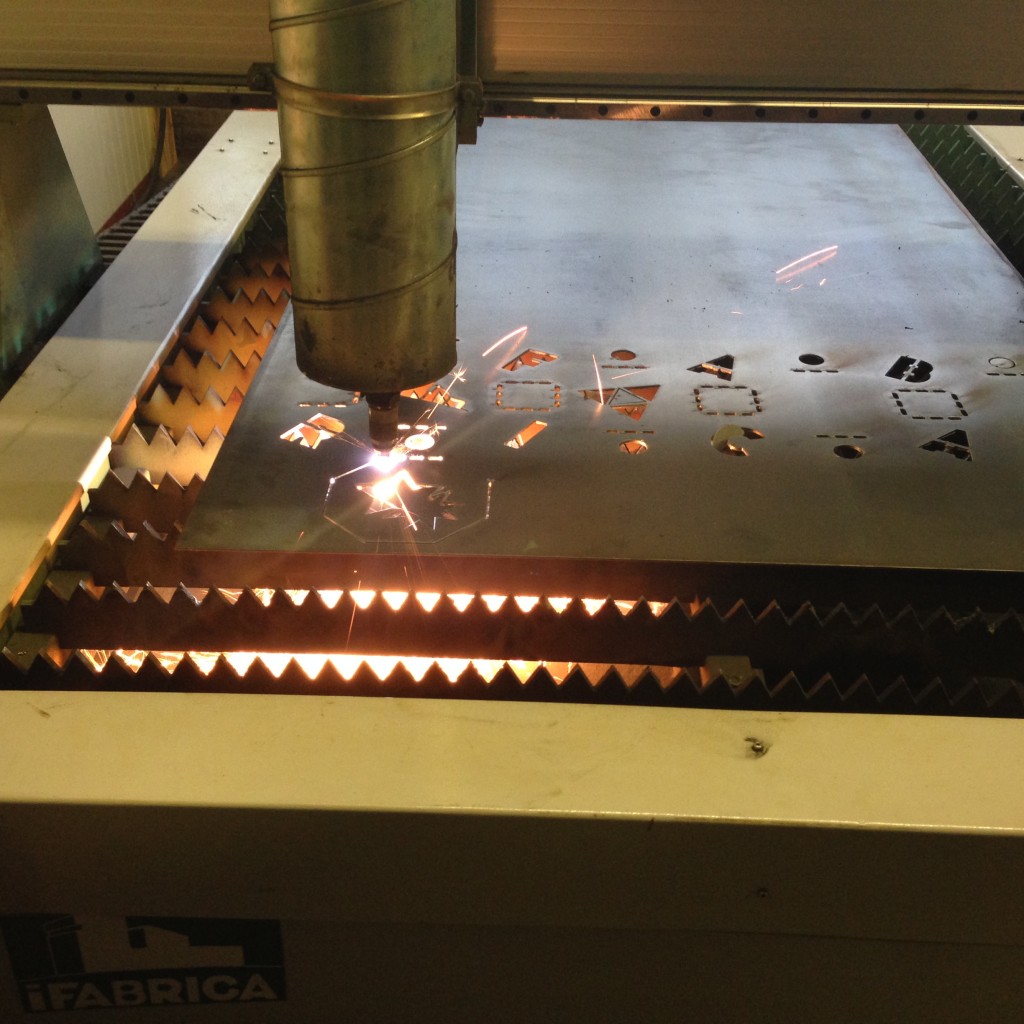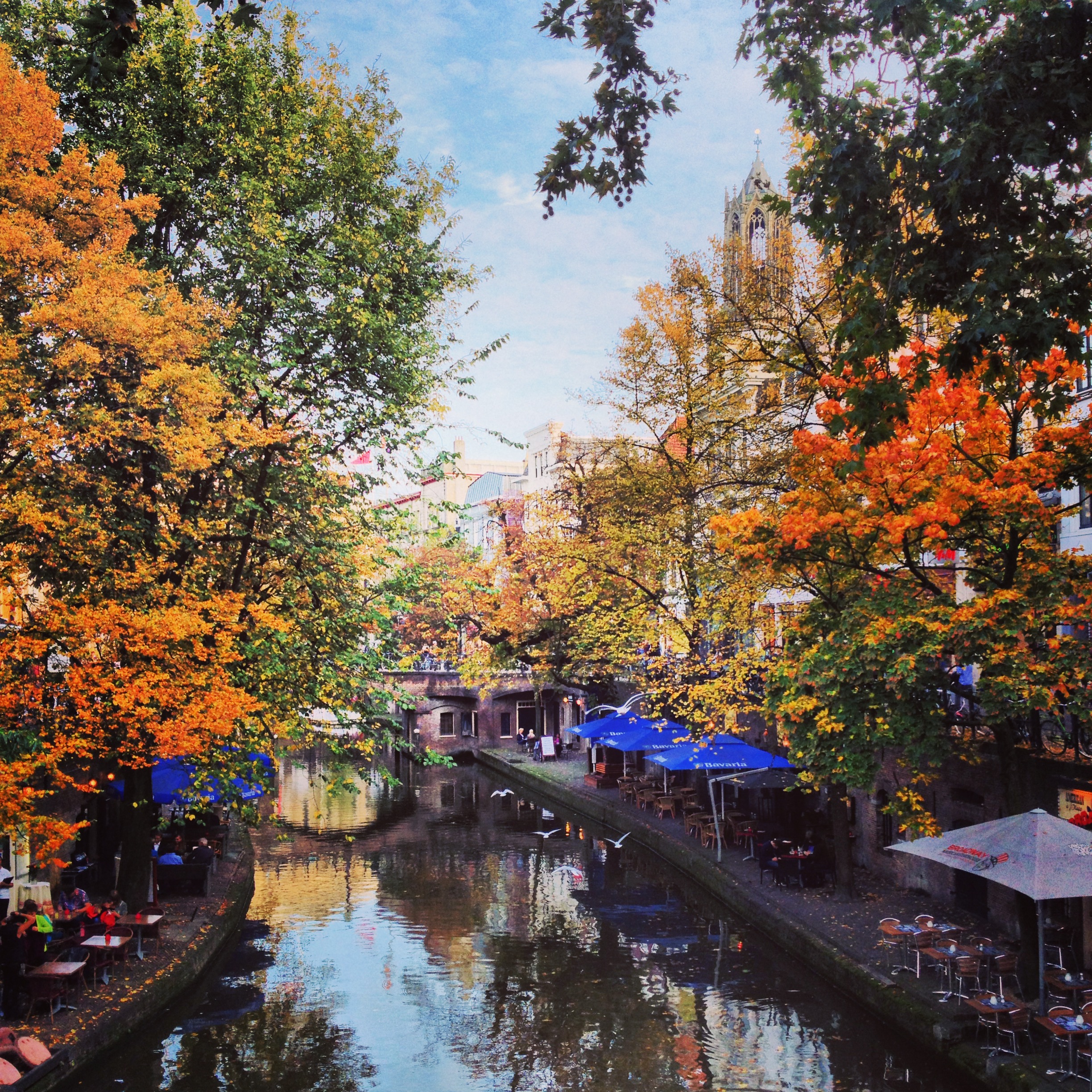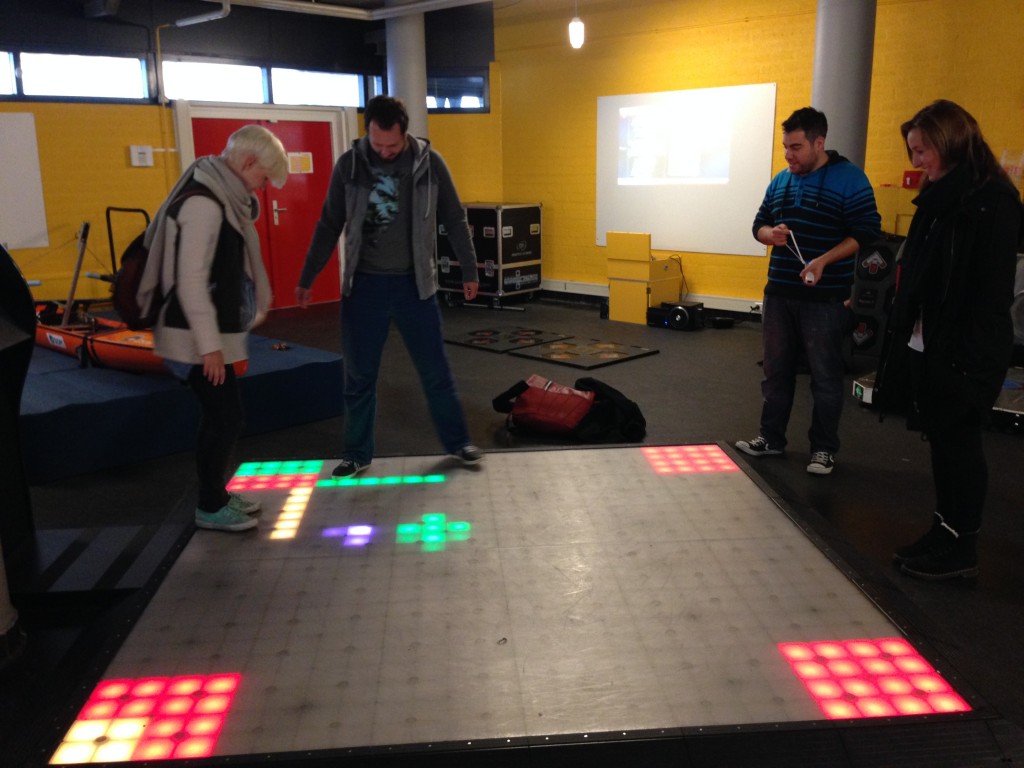As you know, we are working on our concept “Officelight”. The Officelight will consist of a small LED screen on the desk of the employee. Everybody in the office will have one of these screens. This screen will be connected to a sensor in the office chair that will measure the time that the employee has been seated, and the time that the employee wasn’t in his chair. The screen will show the employee, in a non-intrusive way, when it is time to take a break.
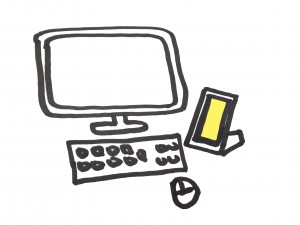
We decided to use a small LED Screen (19x10cm) with little LEDs that can individually change color. These LEDs can be programmed separately, so there are lots of possibilities with shapes and colors. Also, this screen is really easy to connect to the sensor in the chair. It will provide us the possibility to use different game modes, different shapes and different feedback mechanisms.
What will add a lot of playfulness to our product is the use of three different playmodes: individual, survival and competing mode.
(1) Individual mode
The individual mode is the most simple and is the one that will stay for a longer time in the screen. It will have the most natural change, from white light to yellow, orange, red. In this mode we want to use words and expressions to give a type of feedback to the user, like: hello again!; good job!; I’m bored. If the user will take a break, the colors will gradually change back to normal.
– after 5 days of doing good, your color will change for a day, as a reward.
– after 5 days of doing not so good, the LEDs of the screen will “die” (turn off).
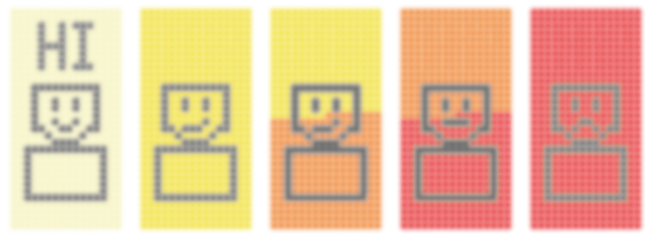
(2) Survival (team-up) mode
In this mode, the goal is to work together to be able to stay in the game. The players need to incentivate the others to take enough breaks. If one player hasn’t been taking breaks and his color changes to the dark color, the whole game will end.
The color used in this game is different from the individual one, to be able to see that you are playing the game.
If the players have been taking breaks regularly for 4 hours, they will all earn another color for 1 day as a reward.
It is only possible to play with a max of 4 players. The screen will divide into 4 small screens, each screen represents one of the players. In this way every player can keep track of the others.
(3) Competing mode
In this mode it is all about winning. The screen will change into a different color, for example in pink. In this mode the screen will again be divided into 4 small screens, representing the four players.
If player 1 has been sitting for too long and his color will change to dark, he will be out of the game. The players that are left, will still be in the game and compete with each other. The one that is the last one standing (haha) will win and he/she will get the color of the game as a reward.
Note that we will use a frosted glass on top of the LED screen, in order to make it less intrusive and “in your face”. Of course, the colors and the robot we used just work as in example for now, it is definitely possible that we will create another way to make the screen more personal.
